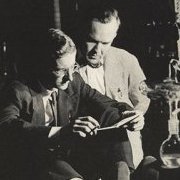-
Posts
4586 -
Joined
-
Last visited
-
Days Won
12
Content Type
Profiles
Forums
Events
Everything posted by hypervalent_iodine
-
I have returned to the realms of civilisation.
- Show previous comments 10 more
-

-

-

Ha. Yes, it was by far the driest Woodford I have attended. In fact it was wonderful, weather wise. Only the occasional brief shower.
I think I may have looked at their stall. I was there the whole week doing volunteer work, so I'm pretty sure I saw most everything there was. My wallet can testify to that.

